Achilles tendonitis is a common injury that can severely affect your mobility and daily activities. Wearing the wrong shoes can worsen this condition. This article provides a detailed examination of the worst shoes for Achilles tendonitis, helping you understand what to avoid for better foot health.
Understanding Achilles Tendonitis
The Achilles tendon is the largest tendon in the body, connecting the calf muscles to the heel bone. It plays a crucial role in walking, running, and jumping. Achilles tendonitis occurs when this tendon becomes inflamed or irritated, often due to overuse or inadequate footwear.
Symptoms of Achilles Tendonitis
- Pain along the back of the heel
- Stiffness in the morning
- Swelling near the heel
- Increased pain during activities
Why Shoe Selection Matters
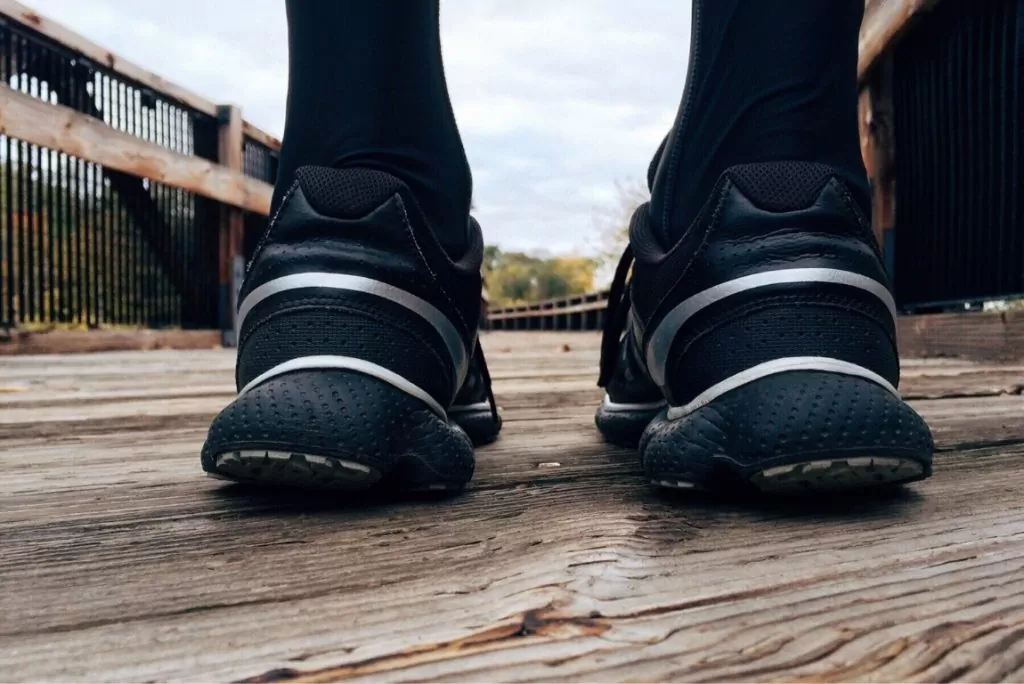
Footwear can significantly impact the health of your Achilles tendon. The right shoes can provide the necessary support and cushioning, while the wrong ones can lead to increased pain and discomfort.
Key Features of Supportive Shoes
- Arch support
- Heel cushioning
- Proper fit and size
- Shock absorption
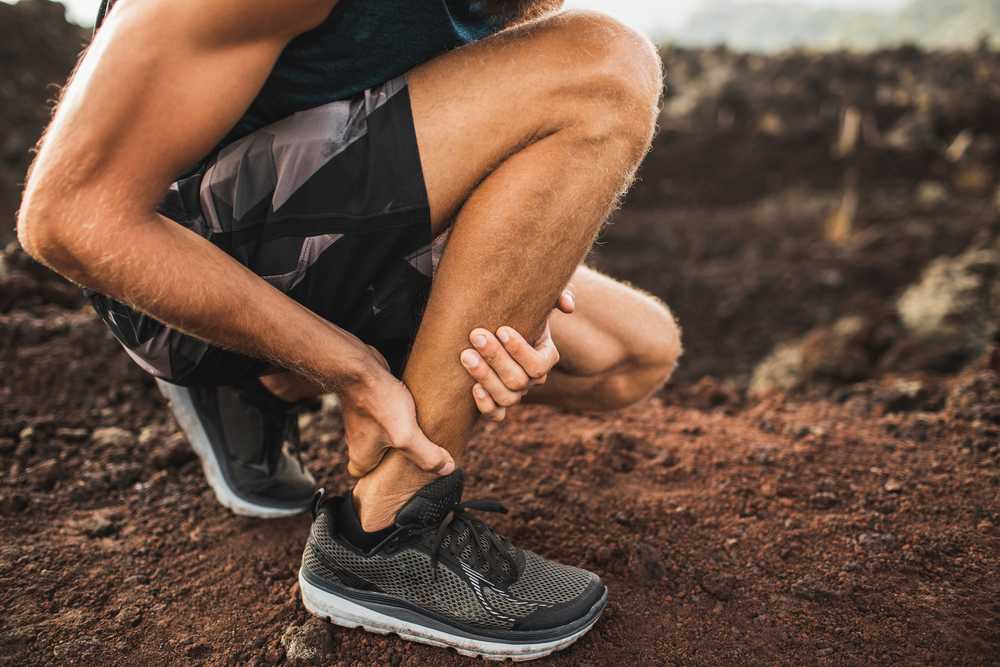
Worst Shoes for Achilles Tendonitis: What to Avoid
Understanding which shoes can exacerbate Achilles tendonitis is crucial for anyone suffering from this condition. Here’s a detailed look at some of the worst types of shoes.
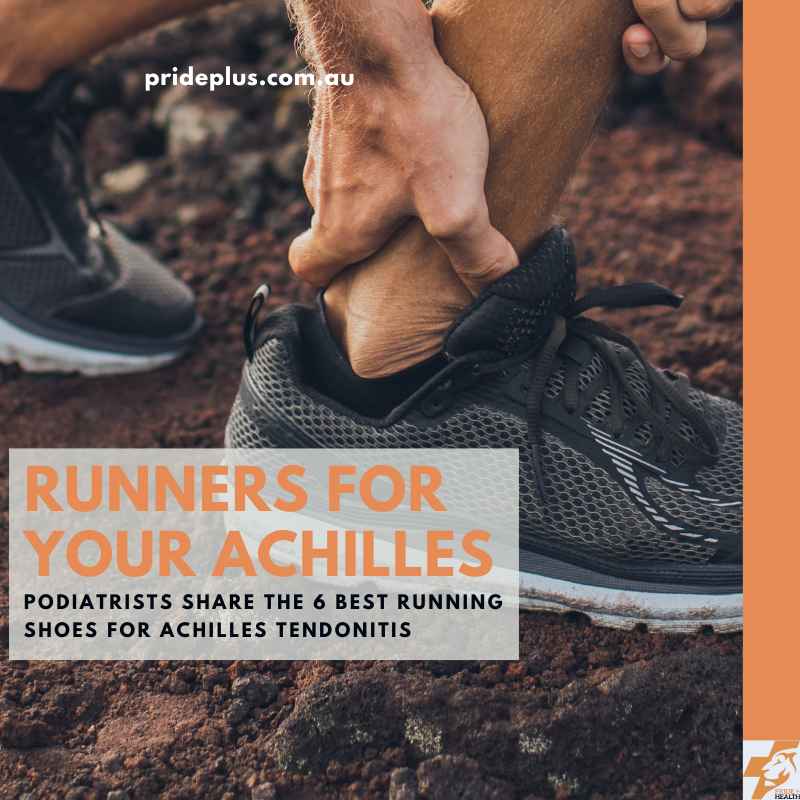
1. Flip-Flops
While popular during summer, flip-flops lack support and can lead to over-pronation, which stresses the Achilles tendon.
Pros and Cons of Flip-Flops
| Pros | Cons |
|---|---|
| Lightweight and easy to wear | Poor arch support |
| Affordable | Increased risk of injury |

2. High Heels
High heels shift your weight forward, placing undue strain on the Achilles tendon. This style of shoe is notorious for exacerbating foot problems.
Pros and Cons of High Heels
| Pros | Cons |
|---|---|
| Fashionable | Increased tension on the tendon |
| Can enhance posture | Uncomfortable for long wear |
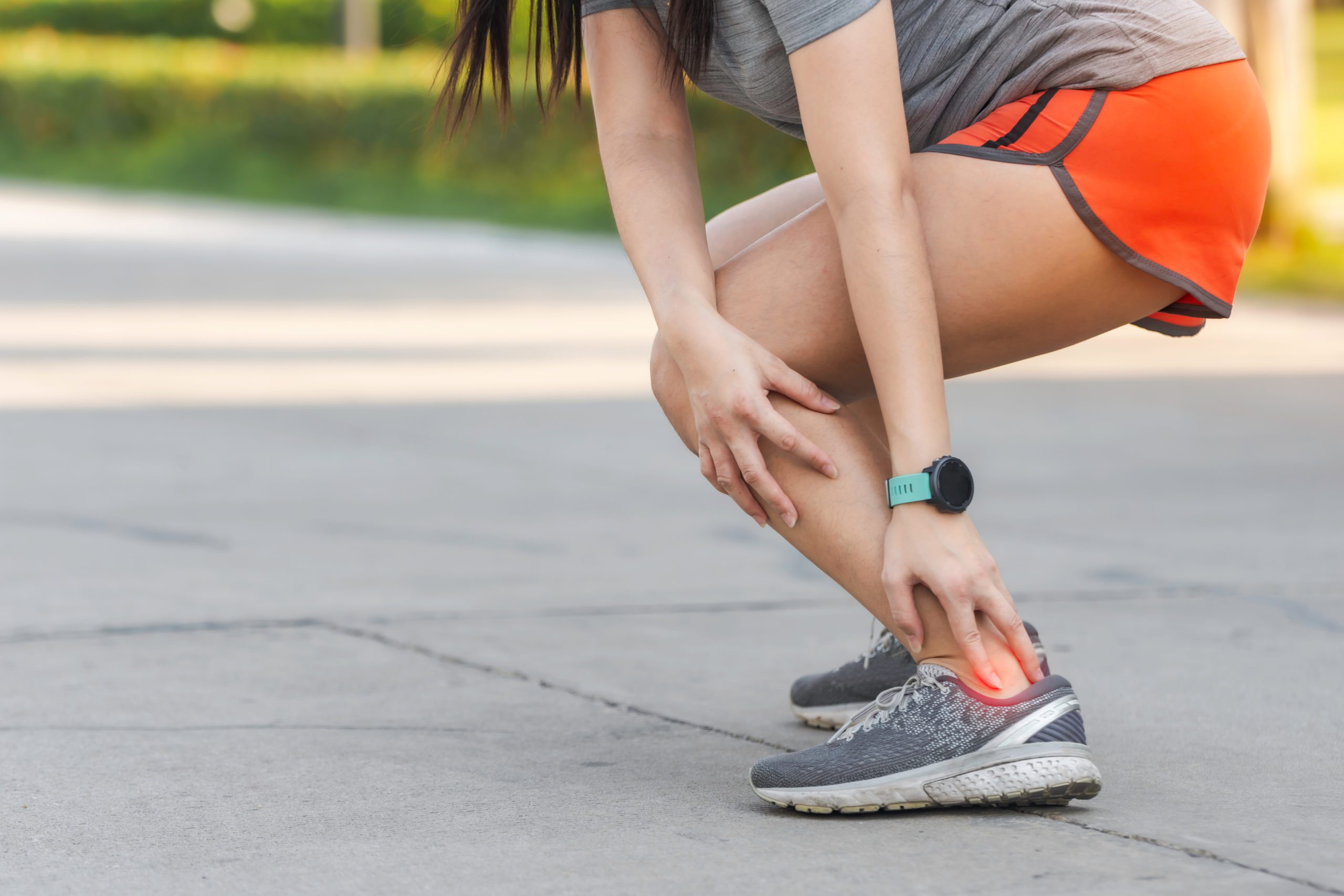
3. Barefoot Running Shoes
While designed to mimic a natural running experience, barefoot shoes often lack cushioning and support, which can aggravate Achilles tendonitis.
Pros and Cons of Barefoot Running Shoes
| Pros | Cons |
|---|---|
| Promotes natural foot position | Lack of cushioning |
| Lightweight | Not suitable for those with existing injuries |
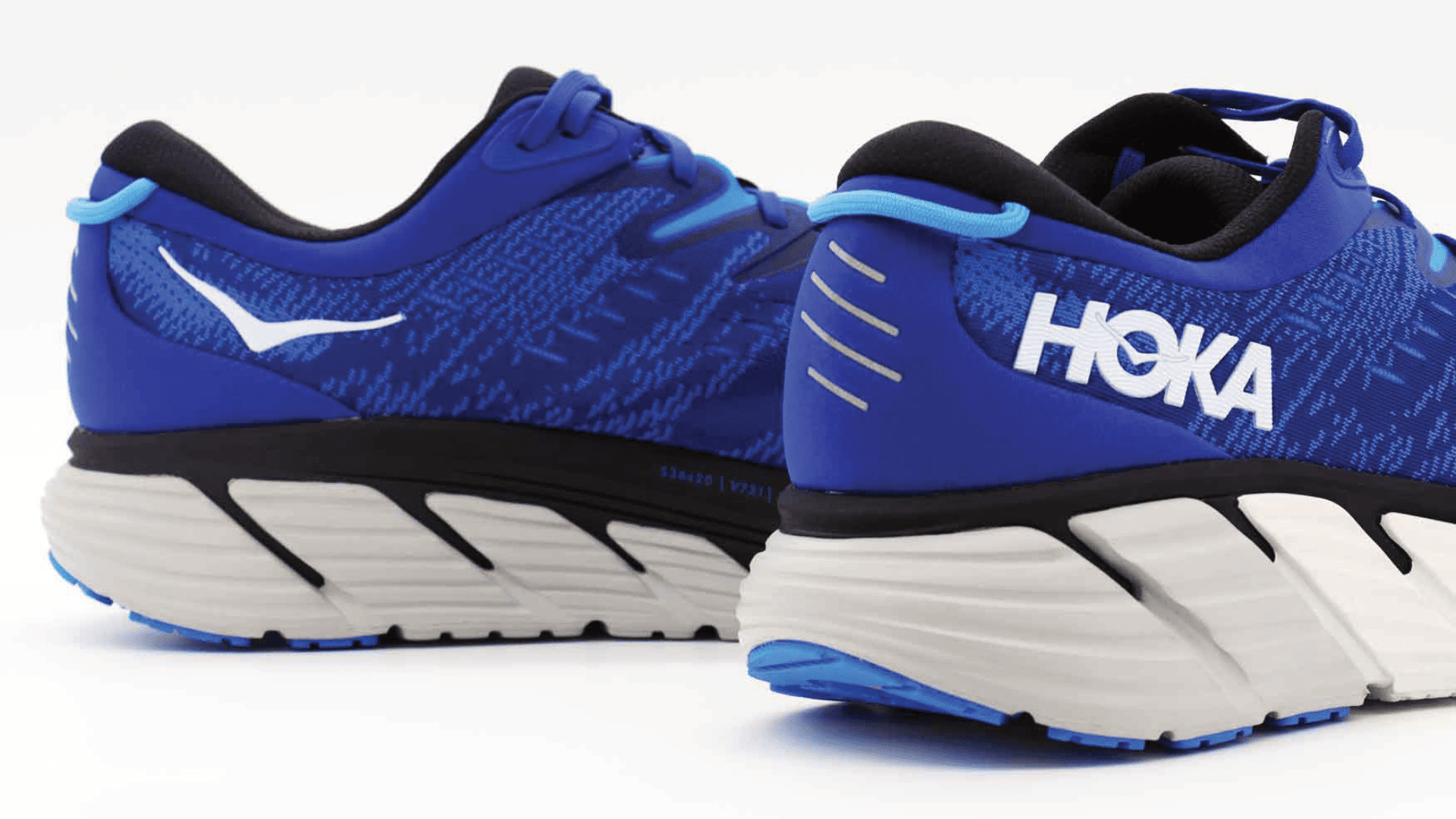
4. Old or Worn-Out Athletic Shoes
Date old athletic shoes can contribute to insufficient support and cushioning, increasing the risk of tendonitis.
Pros and Cons of Old Athletic Shoes
| Pros | Cons |
|---|---|
| Familiar comfort | Decreased support |
| Cost-effective | Increased injury risk |

Comparison of Shoes to Avoid
| Shoe Type | Characteristics | Impact on Achilles Tendonitis |
|---|---|---|
| Flip-Flops | Poor support, flat sole | Increases strain |
| High Heels | Elevated heel, narrow toe box | Excess tension |
| Barefoot Shoes | No cushioning, minimal support | Aggravates pain |
| Old Athletic Shoes | Worn-out cushioning, outdated design | Increases risk of injuries |
The Impact of Culture and Local Experiences
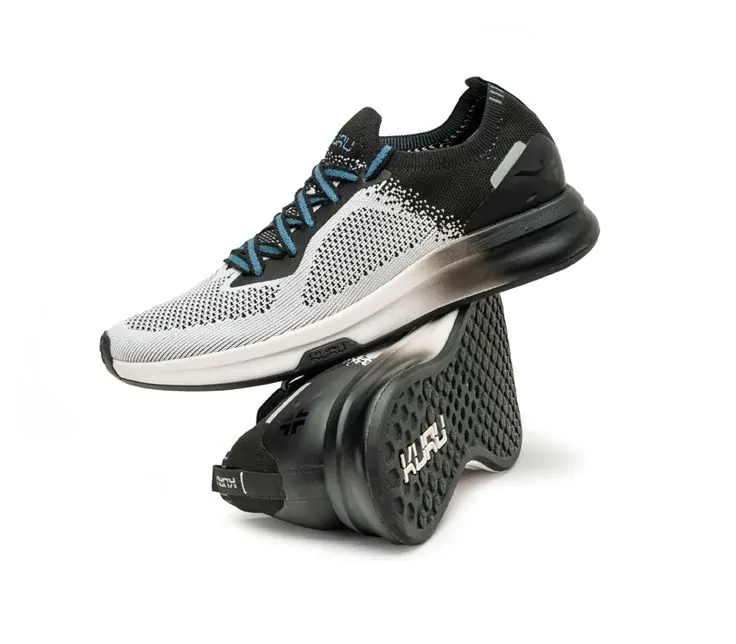
In the USA, shoe preferences can often be tied to cultural trends and regional styles. For instance, in sunny California, flip-flops are a summer staple, often worn even when they may worsen health issues like Achilles tendonitis. On the other hand, in New York, where many people walk long distances, the choice of supportive sneakers is more prevalent.
Tips for Choosing the Right Shoes
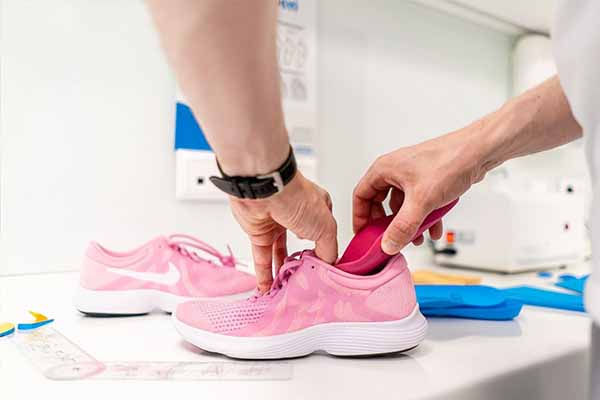
Here are some crucial tips to help you select appropriate footwear that supports your Achilles tendon:
- Look for shoes with arch support.
- Choose models with heel cushioning.
- Opt for a snug fit; avoid loose shoes.
- Replace old shoes regularly to ensure support.
Alternative Solutions for Achilles Tendonitis
Aside from choosing the right footwear, there are various methods to alleviate the symptoms of Achilles tendonitis:
1. Physical Therapy
Engaging in physical therapy can help strengthen the muscles around the tendon and improve flexibility.
2. Orthotics
Custom orthotics can provide additional support and correct any biomechanics issues affecting your feet.
3. Ice Therapy
Applying ice after activities can help reduce swelling and pain.
4. Rest and Recovery
Allowing time for recovery is essential to avoid worsening the condition.
Frequently Asked Questions
What shoes are best to avoid Achilles tendonitis?
Look for shoes with good arch support, cushioning, and a proper heel height. Sneakers designed for running or walking often provide the best support.
Can flip-flops cause Achilles tendonitis?
Yes, flip-flops lack support and cushioning, which can increase strain on the Achilles tendon.
How can I relieve pain from Achilles tendonitis?
Consider resting your feet, applying ice, and using supportive footwear or orthotics. Consult a healthcare professional for tailored advice.
Conclusion
Choosing the right footwear is crucial for anyone experiencing Achilles tendonitis. Avoiding the worst shoes, like flip-flops and high heels, is essential for maintaining foot health and preventing further injuries. Remember, your shoes should support your activity level and provide the necessary stability and comfort.
For more information on Achilles tendonitis and footwear, explore resources from the National Institutes of Health or the American Orthopaedic Foot & Ankle Society.